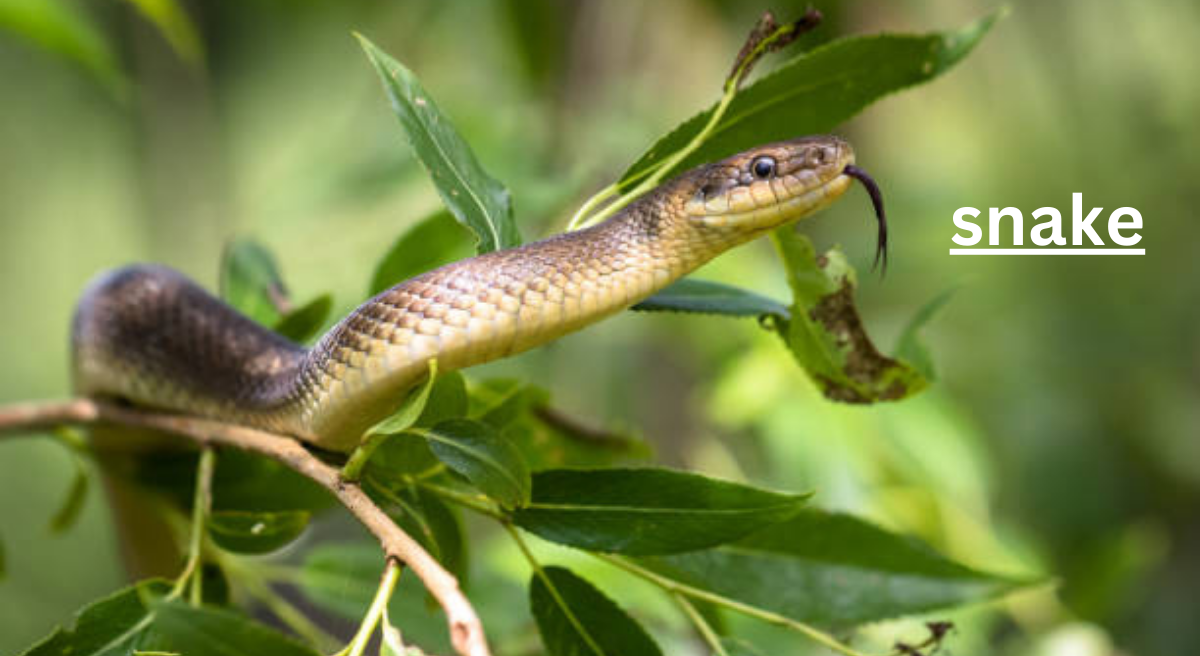TOPIC
Crab Spider: A Master of Camouflage and Ambush

TOPIC
Where to Buy the YELL51X-OUZ4: A Comprehensive Guide

The YELL51X-OUZ4 is a highly sought-after model known for its advanced features and robust performance. Whether you’re a tech enthusiast or a professional looking for a reliable device, knowing where to purchase this model is crucial.
Official Website: The Safest Option
One of the best places to purchase the YELL51X-OUZ4 is directly from the manufacturer’s official website. Buying from the official site ensures that you receive an authentic product with the full manufacturer’s warranty and support. Additionally, the official website often offers exclusive deals, early access to new models, and bundled accessories that you might not find elsewhere.
- Benefits: Authentic product, comprehensive warranty, customer support, exclusive deals.
- Considerations: Prices may be higher than other options, and shipping times can vary.
Authorized Retailers: Trusted and Reliable
Purchasing from authorized retailers is another safe option. These retailers are vetted by the manufacturer, ensuring that the products they sell are genuine and come with the standard warranty. Authorized retailers include both physical stores and online platforms.
- Nationwide Chains: Stores like Best Buy and Walmart are authorized to sell the YELL51X-OUZ4. They often provide competitive pricing, in-store pickup options, and convenient return policies.
- Local Electronics Stores: Smaller, local electronics stores may also be authorized retailers. These stores offer the advantage of in-person shopping, allowing you to see the product before purchasing.
- Benefits: Access to authentic products, warranty, and after-sales support.
- Considerations: Limited availability depending on location, potential for higher prices compared to online marketplaces.
Online Marketplaces: Convenience and Variety
For those who prefer shopping online, online marketplaces like Amazon and eBay offer a wide range of options for purchasing the YELL51X-OUZ4. These platforms provide the convenience of shopping from home, along with customer reviews to help guide your decision.
- Amazon: Amazon is a popular choice due to its vast selection, customer reviews, and flexible shipping options. It also offers a robust return policy, making it a safe option for online shoppers.
- eBay: eBay can be a good source for both new and used YELL51X-OUZ4 models. However, it’s important to check seller ratings and product descriptions carefully to avoid counterfeit products.
- Benefits: Wide selection, customer reviews, competitive pricing.
- Considerations: Risk of counterfeit products, varying levels of customer service depending on the seller.
Second-Hand Options: Cost-Effective Alternatives
For those on a budget, purchasing a second-hand YELL51X-OUZ4 can be a viable option. Platforms like Craigslist and Facebook Marketplace allow for peer-to-peer transactions, where you might find used or refurbished models at lower prices.
- Certified Refurbished: Some retailers and online platforms offer certified refurbished YELL51X-OUZ4 models. These devices have been restored to like-new condition and come with a limited warranty.
- Peer-to-Peer Marketplaces: Buying directly from individuals can result in significant savings. However, it’s important to exercise caution, verify the product’s condition, and meet in safe, public locations.
- Benefits: Lower prices, potential for good deals.
- Considerations: Risk of buying defective or counterfeit products, limited warranty, and no return policy.
Price Comparisons: Getting the Best Deal
Before making a purchase, it’s wise to compare prices across different platforms. The YELL51X-OUZ4 typically ranges between $500 to $700, depending on the seller and the condition of the model.
- Seasonal Sales: Keep an eye out for discounts during holiday seasons or sales events like Black Friday. These sales can offer substantial savings, making it the best time to purchase.
- Discounts and Deals: Check online marketplaces for ongoing deals and discounts. Sometimes, retailers offer promotions that can significantly lower the price.
Warranty and Support: Ensuring Peace of Mind
When purchasing the YELL51X-OUZ4, it’s crucial to consider warranty and customer support. Ensuring your purchase comes with a warranty protects you against manufacturing defects and offers peace of mind.
- Understanding Warranties: Verify that your purchase includes a warranty that covers parts and labor. This is especially important if you’re buying from online marketplaces or second-hand sources.
- Customer Support: Opt for sellers known for excellent customer support. This is vital for resolving any issues that may arise post-purchase.
Conclusion: Making an Informed Purchase
In summary, of Where to Buy the YELL51X-OUZ4: A Comprehensive Guide the YELL51X-OUZ4 is available from a variety of sources, each with its own set of advantages and considerations. Whether you choose to buy directly from the official website, through authorized retailers, or online marketplaces, it’s essential to do your research, compare prices, and ensure you’re buying from a reputable source. By taking these steps, you’ll be able to enjoy the full benefits of the YELL51X-OUZ4 and make a purchase you can feel confident about.






